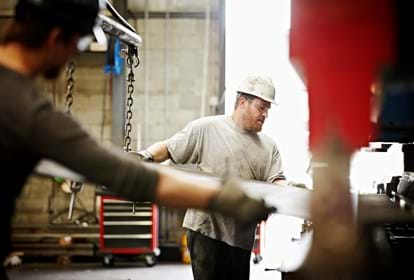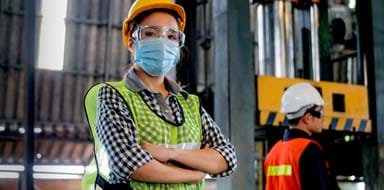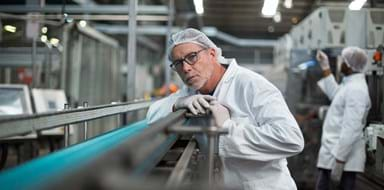This doesn’t need to be real-time data – even monthly data collection can provide helpful insights to analyse the supply chain. You can also use data to manage carbon and climate exposure. This ultimately benefits your bottom line, as consumer loyalty increases by up to 88% when organisations demonstrate strong social and environmental responsibility. What’s more, organisations which achieve B Corp certification – widely regarded as the standard for social and environmental performance, transparency, and accountability – experience faster turnover growth.
Leveraging blockchain technology can additionally help capture and verify supplier sourcing practices. Another idea is to utilise Internet of Things devices to measure the energy use of equipment, as well as monitor and report on working conditions and environmental factors.






